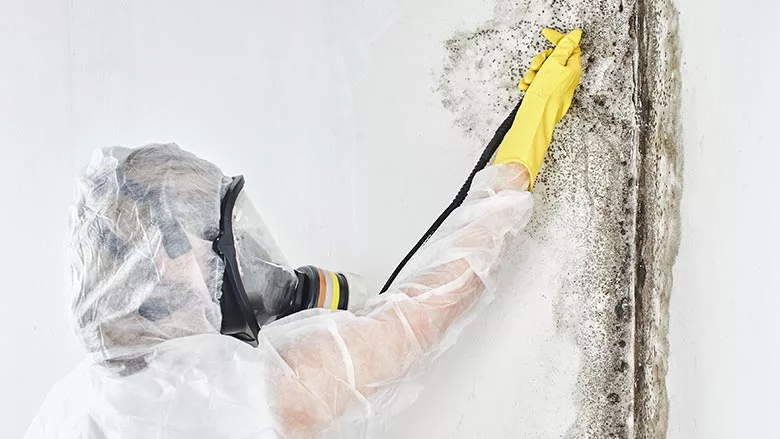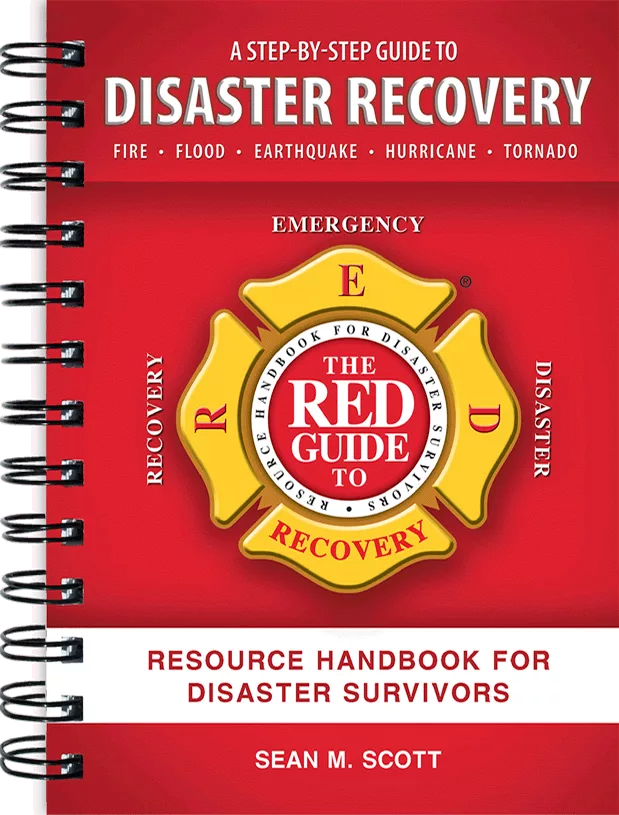Preferred-Vendor Programs are a Fact of Life

Mention preferred-vendor programs to a group of restoration contractors and you are likely to receive some strong reactions. Few in our industry are without an opinion about these pervasive arrangements that the insurance industry cooked up more than a decade ago.
The opinions generally fall into two camps. Those who participate in these programs argue that they guarantee steady work and simplify the process of marketing for new business. Those on the opposing side see them as a sellout to insurers who will limit competition, control costs and put restrictions on a contractor’s work.
Love ‘em or hate ‘em, preferred-vendor programs are here to stay. As restoration contractors, we must come to grips with that fact.
There can be no doubt that preferred-vendor programs offer some advantages. In addition to being a convenience for a property owner, who probably knows little about the specialized nature of insurance restoration, the programs provide an implied warranty and confidence that the restoration will be done correctly. For the contractor, these programs sometimes offer direct pay from the insurer – an arrangement that can reduce cash flow concerns.
But there is a flip side.
As a preferred vendor, the contractor does not have free reign to complete a restoration as he or she sees fit. The insurance company has the final word. Often the insurer will limit the allowable reimbursement or the scope of repairs even if the property owner or contractor believes more extensive work is necessary. The insurer contains the costs and authorizes work according to established guidelines that tend to be a one-size-fits-all formula. And we all know that restoration jobs rarely lend themselves to cookie-cutter solutions.
Restoration contractors have been complaining about preferred vendor programs for years to no avail; these programs are a successful business model for the insurance industry. That means that we had better figure out how to make these programs work for us or figure out how to work around them.
If you want to avoid preferred-vendor programs, you will have to become creative in order to deal with the competitive advantage they offer. That means you must work harder to let property owners know that they are not compelled to use an insurer’s preferred vendor. You must chase leads that routinely go to your competitors.
And you will have to reach out directly to property owners, homeowners associations, past customers and other groups in order to work independently and retain more control over your jobs. You have a good message – that quality work and cost controls do not necessarily go hand-in-hand. Your challenge will be to be sure potential clients hear you.
NIR Executive Leadership Conference
There is still time to register for the NIR Executive Leadership Conference, April 8-9 in Nashville. Preferred vendor programs will be included in a lineup of sessions that bring you innovative ideas to help you grow your business. Register online at www.nir-inc.com.
Looking for a reprint of this article?
From high-res PDFs to custom plaques, order your copy today!





